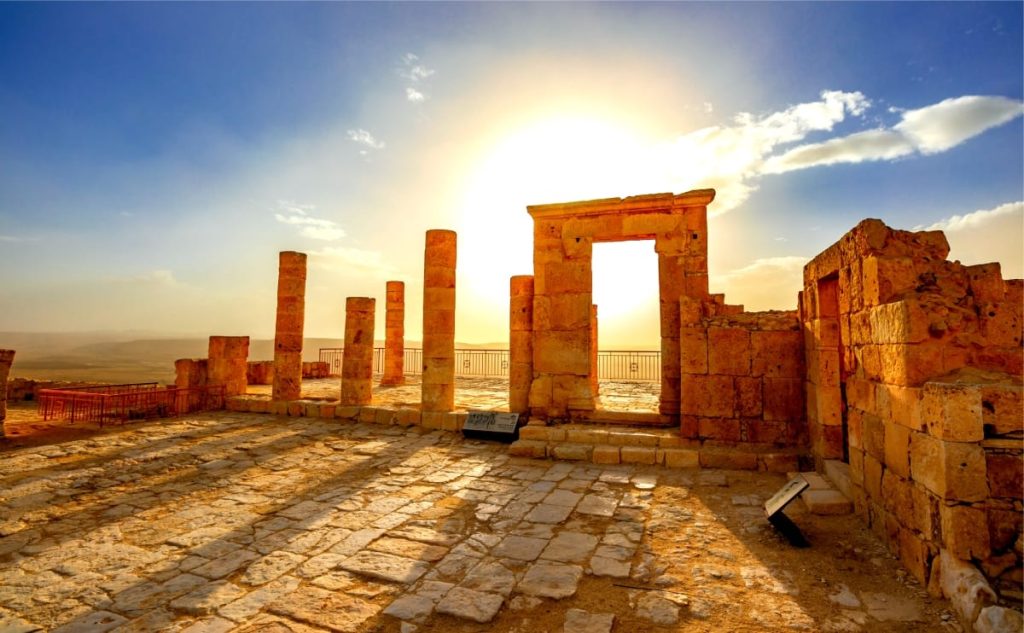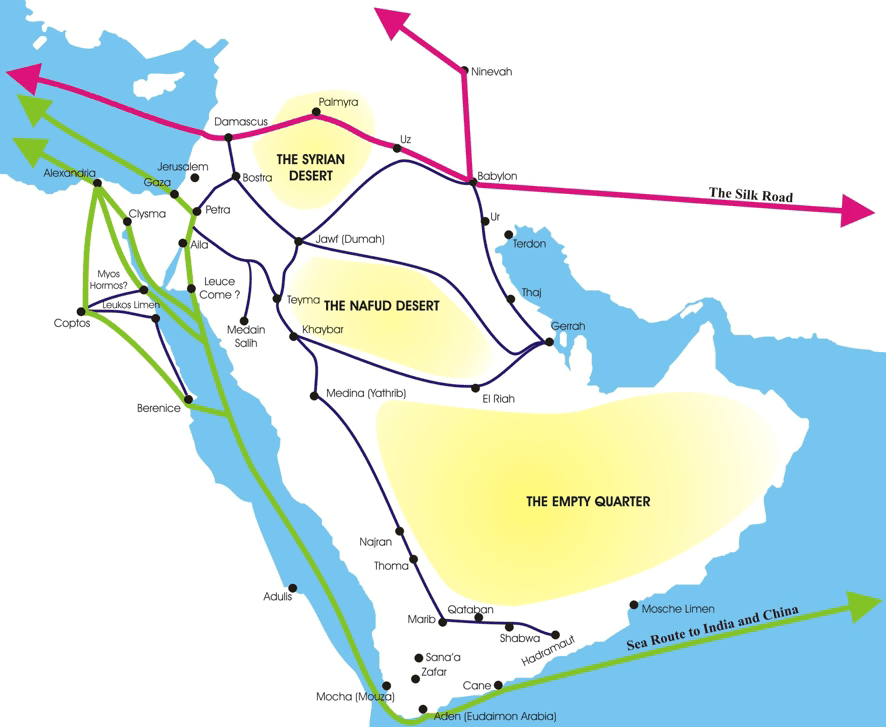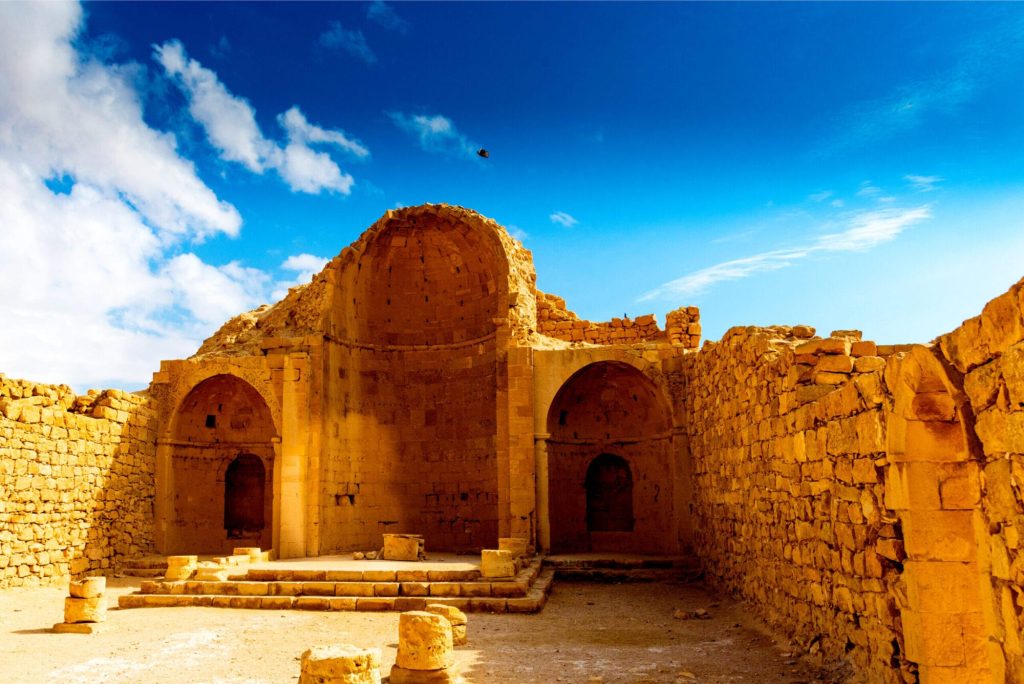The Nabataean Kingdom was a powerful political entity that flourished in modern-day Jordan between the 4th century BCE and c. 106 CE. They are best known today for the ruins of their capital city of Petra, a UNESCO World Heritage Site.
The Rise and Fall of the Nabatean Kingdom
The Nabataeans were an Arab tribe who originated in the south-east of the Arabian Peninsula. They migrated to the desert region east of Jordan in the 6th century BCE. The desert provided them with a safe haven from their enemies and gave them access to the lucrative trade routes between Arabia and the Mediterranean.
Furthermore, the creation of the Nabataean Kingdom is shrouded in mystery. Still, it is believed that the Nabataeans were originally a tribe of nomads who settled around Petra in the 4th century BCE. Petra, located at the intersection of several major trade routes, quickly became a hub of commerce, and the Nabataeans established themselves as skilled traders and merchants.
The Nabataeans were also skilled engineers. They built dams, reservoirs, and aqueducts to provide water for their cities and their crops. They also built elaborate tombs and temples, many still standing today.
Negev Desert Tour

The Nabataean Kingdom reached its peak of power in the 1st century BCE. They controlled much of the trade in the region, and their capital city of Petra was a major center of commerce. However, the Nabataean Kingdom declined in the 2nd century CE due to several factors, including the rise of the Roman Empire and the decline of the Arabian trade routes. The Nabataean Kingdom was annexed by the Roman Empire in 106 CE.
A More Detailed Look At The Creation Of The Nabataean Kingdom:
The Nabataeans’ Origins: The Nabataeans were an Arab tribe originating in the south-east of the Arabian Peninsula. They are believed to have migrated to the desert region east of Jordan in the 6th century BCE.
The Nabataean Incense Route

The Rise of Petra: Petra was located at the intersection of several major trade routes, which made it a natural location for a trading city. The Nabataeans quickly developed Petra into a major center of commerce, soon becoming the Nabataean Kingdom’s capital.

The Nabataeans’ Skills: The Nabataeans were skilled traders, engineers, and builders. They used their skills to develop their kingdom and to make it a major center of commerce.
The Nabataeans’ Decline: So the Nabataean Kingdom began to decline in the 2nd century CE due to some factors, including the rise of the Roman Empire and the decline of the Arabian trade routes. The Nabataean Kingdom was annexed by the Roman Empire in 106 CE.

Last, the creation of the Nabataean Kingdom is a fascinating story of a desert tribe that rose to power and then declined. The Nabataeans were a skilled and resourceful people, but they were ultimately unable to withstand the might of the Roman Empire. However, they left a lasting legacy on the region, and their capital city of Petra is still a popular tourist destination today.

